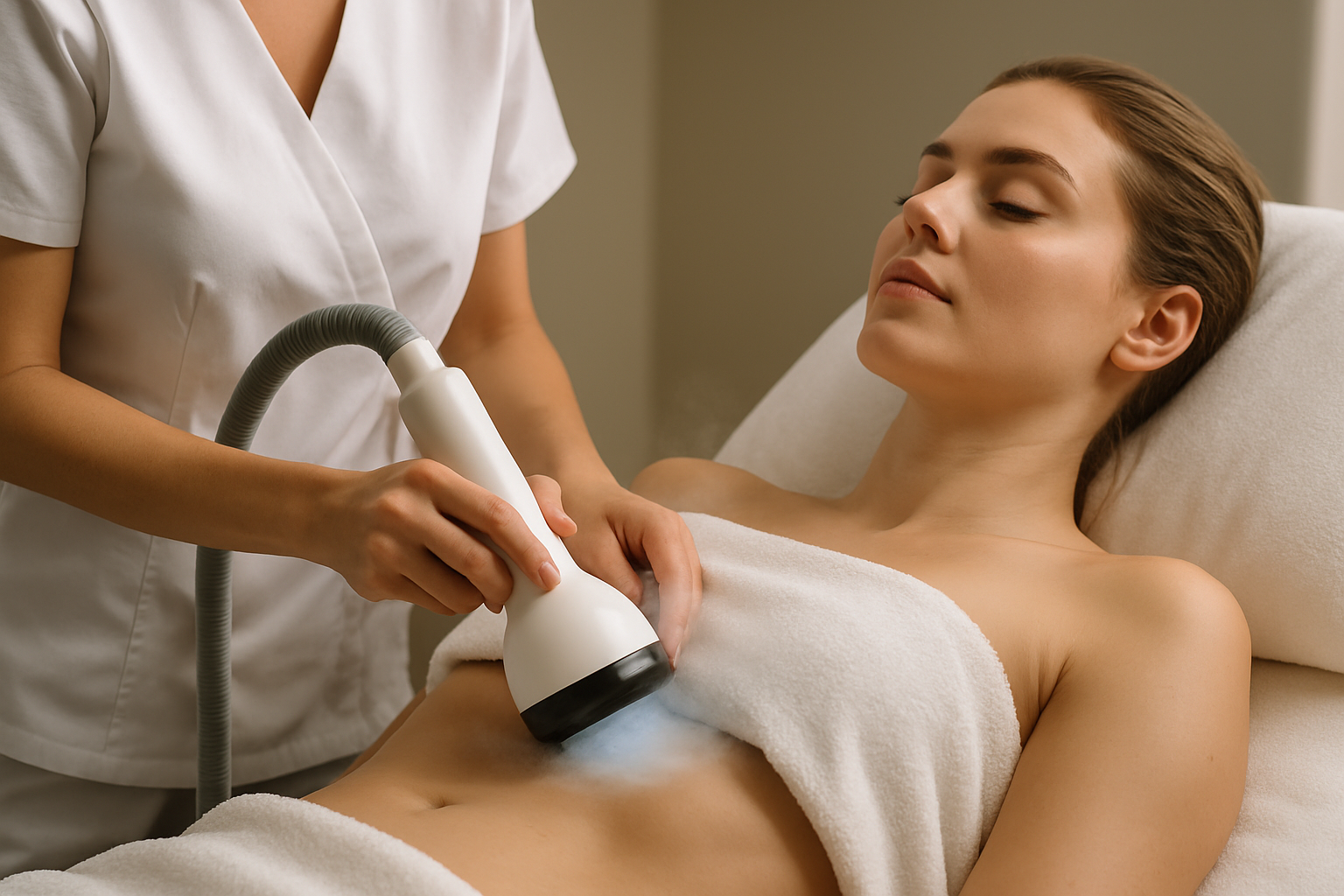Complete Guide to Modern Skin Rejuvenation Procedures
Laser skin treatment has revolutionized dermatological care, offering precise solutions for various skin concerns from acne scarring to wrinkles. These advanced procedures use focused light beams to target specific skin layers, promoting natural healing and rejuvenation. With multiple laser types available, each designed for particular conditions, patients can now access customized treatments that deliver measurable results with minimal downtime compared to traditional surgical methods.

Modern laser technology has transformed the landscape of cosmetic and medical dermatology, providing patients with effective alternatives to invasive procedures. These sophisticated devices harness the power of concentrated light energy to address everything from pigmentation issues to texture irregularities, making professional skin rejuvenation more accessible than ever before.
Understanding Laser Treatment Clinics and Modern Practices in 2025
Contemporary laser treatment facilities operate under strict medical protocols, combining advanced technology with comprehensive patient care. These clinics typically employ board-certified dermatologists or plastic surgeons who specialize in laser procedures, ensuring both safety and efficacy. The modern clinic environment features state-of-the-art equipment including fractional CO2 lasers, IPL systems, and picosecond devices, each calibrated for specific skin types and conditions. Patient consultation processes now incorporate detailed skin analysis using digital imaging systems, allowing practitioners to create personalized treatment plans that address individual concerns while considering factors like skin tone, medical history, and desired outcomes.
The Evolving Landscape of Laser Treatments in 2025
The laser treatment industry continues to advance with breakthrough technologies that offer improved precision and reduced recovery times. Recent developments include combination therapies that merge multiple laser wavelengths in single sessions, enhanced cooling systems that minimize discomfort, and AI-assisted treatment planning that optimizes energy delivery. These innovations have expanded treatment possibilities for diverse skin types, including darker skin tones that were previously challenging to treat safely. The integration of regenerative medicine principles has also emerged, with some facilities combining laser treatments with platelet-rich plasma or stem cell therapies to accelerate healing and enhance results.
Common Laser Modalities and Their Primary Applications
Different laser systems serve distinct therapeutic purposes, each utilizing specific wavelengths to target particular skin structures. Ablative lasers like CO2 and Erbium remove damaged skin layers entirely, making them ideal for deep wrinkles, severe scarring, and significant sun damage. Non-ablative lasers, including Nd:YAG and diode systems, work beneath the surface without removing tissue, suitable for mild to moderate concerns with minimal downtime. Fractional lasers create microscopic treatment zones while preserving surrounding tissue, promoting faster healing for conditions like acne scars and melasma. IPL systems, though technically not true lasers, use broad-spectrum light to address multiple concerns simultaneously, including rosacea, age spots, and broken capillaries.
| Treatment Type | Provider Examples | Cost Estimation |
|---|---|---|
| Fractional CO2 Laser | Dermatology Associates, SkinCare Centers | $800-2,500 per session |
| IPL Photofacial | Medical Spas, Cosmetic Clinics | $300-800 per session |
| Nd:YAG Laser | Laser Clinics, Dermatology Practices | $400-1,200 per session |
| Picosecond Laser | Advanced Aesthetic Centers | $500-1,500 per session |
| Erbium Laser Resurfacing | Plastic Surgery Centers | $1,000-3,000 per session |
Prices, rates, or cost estimates mentioned in this article are based on the latest available information but may change over time. Independent research is advised before making financial decisions.
Treatment protocols vary significantly based on individual skin conditions and desired outcomes. Most procedures require multiple sessions spaced several weeks apart to achieve optimal results, with maintenance treatments recommended annually or bi-annually. Pre-treatment preparation often includes avoiding sun exposure, discontinuing certain medications, and following specific skincare regimens to optimize healing potential.
Post-treatment care plays a crucial role in achieving successful outcomes and minimizing complications. Patients typically experience temporary redness, swelling, and mild discomfort that resolves within days to weeks depending on the treatment intensity. Proper wound care, sun protection, and adherence to prescribed skincare routines significantly impact final results and reduce the risk of adverse effects like hyperpigmentation or scarring.
The selection of appropriate candidates for laser treatments involves careful evaluation of skin type, medical history, and realistic expectations. Certain conditions like active infections, autoimmune disorders, or recent isotretinoin use may contraindicate laser procedures. Pregnant or breastfeeding women are generally advised to postpone treatments until after completion of nursing.
Advanced laser procedures represent a significant advancement in dermatological care, offering patients effective solutions for various skin concerns with improved safety profiles and predictable outcomes. The continued evolution of laser technology, combined with enhanced understanding of skin biology and healing processes, ensures that these treatments will remain at the forefront of aesthetic medicine. Success depends largely on proper patient selection, appropriate treatment protocols, and comprehensive aftercare, making consultation with qualified practitioners essential for optimal results.
This article is for informational purposes only and should not be considered medical advice. Please consult a qualified healthcare professional for personalized guidance and treatment.




